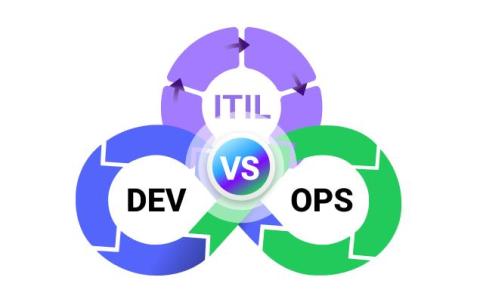What is ITIL? A Complete Guide
In this video, we'll explore everything you need to know about ITIL, from its origins to its latest iteration, ITIL 4. Learn about the guiding principles, key practices, certification paths, and the benefits ITIL can bring to your organization.











